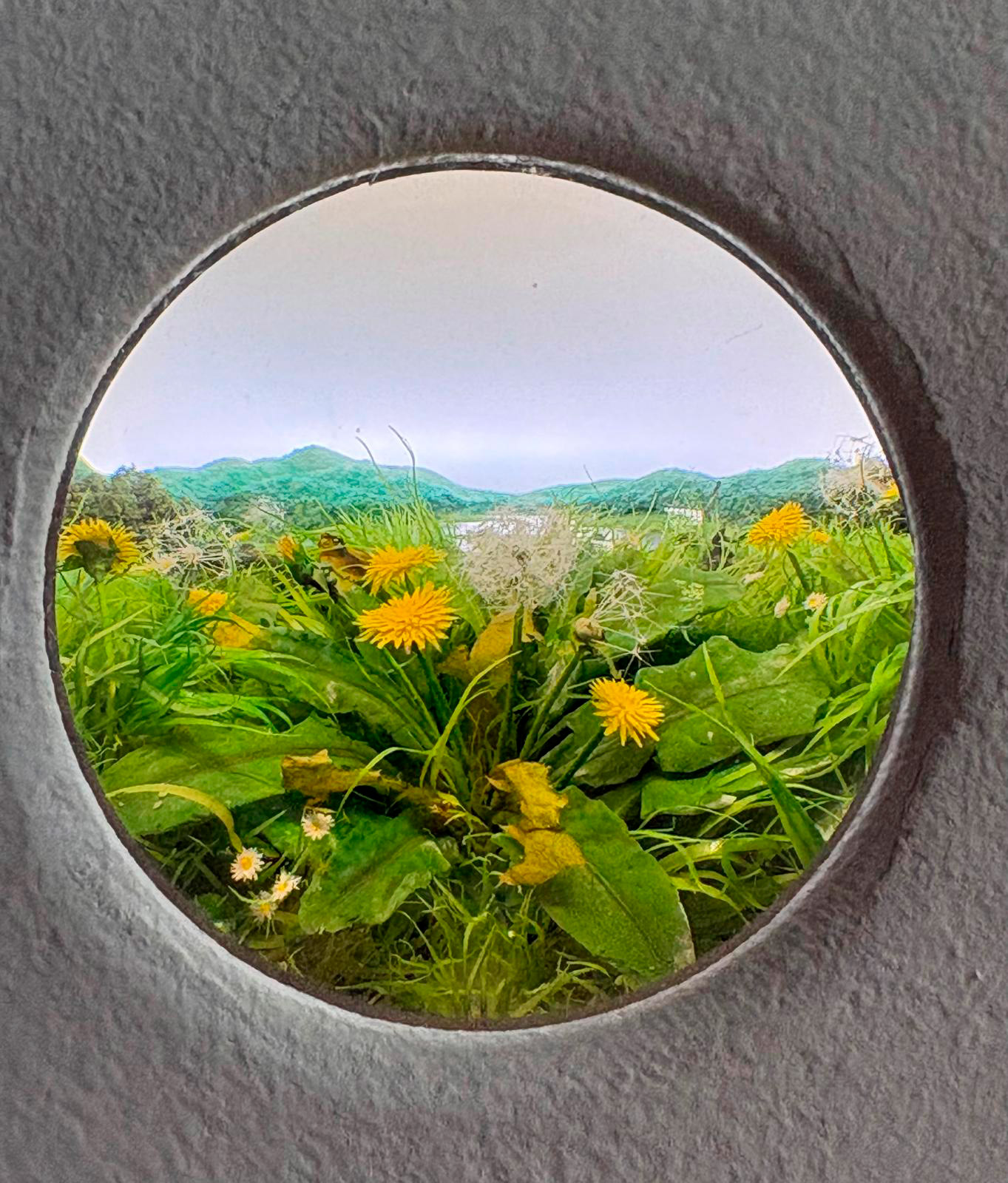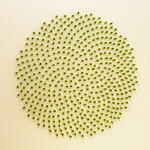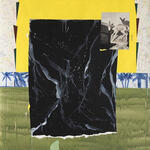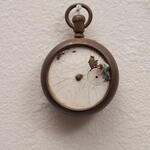Patrick Jacobs
Bio
Patrick Jacobs was born in California. He intentionally blurs boundaries between the traditional artistic media of painting, sculpture and photography in his works. At the same time his dioramas, viewed through glass lenses, present the viewer with a spatial and perceptual conundrum; we are drawn into a space at once determinate and infinite, natural and contrived, prosaic and otherworldly.
Jacobs draws inspiration from sources as diverse as historical landscape painting and contemporary chemical companies’ home and garden pest control brochures, such as Chevron’s Ortho Books. Recalling the Claude glass, an optical device popular in the 18th century used to frame the picturesque, the lenses invoke the invisible eye of the wary homeowner searching an otherwise vacant domestic landscape for imagined interlopers. Ortho, Greek for “correct,” further alludes to the unending quest to control any divergence from the norm, as well as the manipulation of our sense of perspective. With such a fusion of influences, these quiet compositions offer a magical view of the mundane. Here, reality has been de-familiarized, and the uncanny has supplanted the commonplace.
Each work consists of a meticulously constructed, three-dimensional diorama installed within the wall and viewed through a circular window of glass lenses. The combination of the negative focal length of the lenses and sculptural foreshortening creates the illusion of seemingly infinite depth within the limitations of a shallow space. The result is a distorted reality corrected only when seen through the lenses. Though artificial, these worlds are nevertheless strangely real and tactile.
Statement
In the protean empire of weeds, strange events are unfolding, casting everything in an unearthly light. A conflicting atmosphere of bliss and discontentment reigns as a quiet struggle for survival ensues.
As the herbaceous brood continues down its path of fragile existence, their vegetous minds assume the task from the day they sprout. “Behold these spiny stalks and toothy leaves,” they declare with post-emergent flamboyance, “look on our caps and laurel crowns of seeds!” But, the longing for love and happiness comingles with an unbearable fear of loneliness and chronic disease. Fibrous tissues, cords and membranes swell with perverse desires, while tendrils, felted pink with webbed mycelia, ache for meaningful intimacy. In the manic effort to comfort each other (sometimes through the aid of psychotropic drugs), they stroke each other tenderly or weep in muted desperation, persisting in the hope that their seeds will one day be sown.
This menagerie of anti-heroes may seem deluded, yet its very ordinariness becomes synonymous with the journey for something greater. Swaying gently in the warm breeze of the celestial landscape, it ponders the answer to the question that has no answer. All that remains is an impenetrable and melancholy silence.
Patrick Jacobs
Additional information
Patrick Jacobs’ work blurs the boundaries between painting, sculpture, and photography, using lenses, optical focal length, and sculptural foreshortening to achieve the illusion of impossible depth within the shallow, often miniscule spaces that his miniature worlds inhabit. His hyperrealistic environments are lit from within; when viewed through their glass portholes, they reveal themselves to be luminous landscapes, overflowing with lush grasses, flowers, and mushrooms against the backdrop of a meandering river or mountain scene. Alternatively, one might be confronted by a diminutive prewar apartment in all its grungy glory, complete with chipped tile, flaking baseboards, and toothpick-thin parquet floors.
Jacobs creates his pseudoscientific dioramas using paper, styrene, acrylic, vinyl, neoprene, wax, and hair, among other materials, viewing them through lenses as he works, using tweezers and brushes. Of his process, the artist said, “I begin with an underpainting and build up to finer details over a period of weeks depending on the size and complexity of the diorama. The scene is completed when the illustration of space and time is sufficiently autonomous and takes on a life of its own
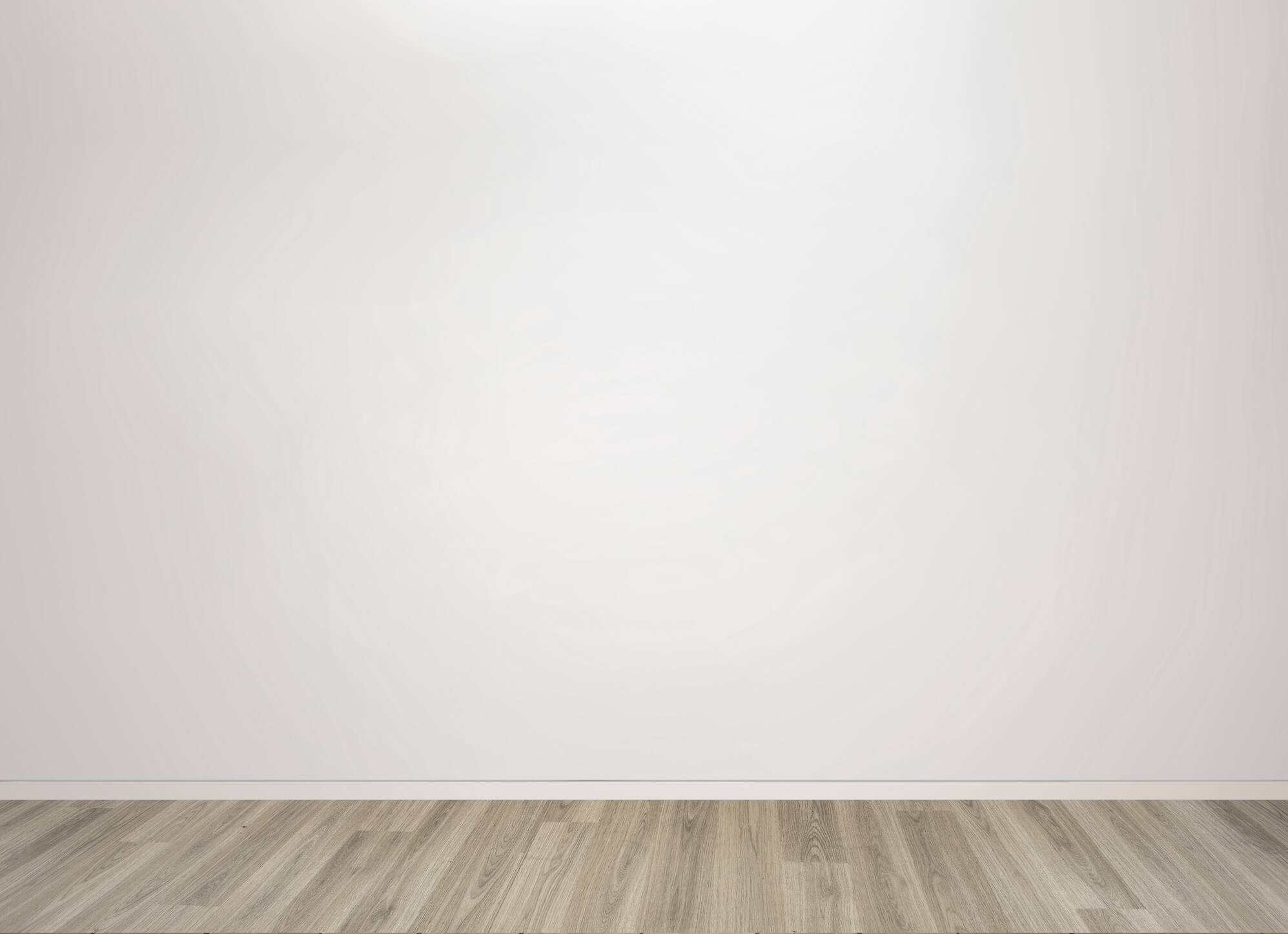
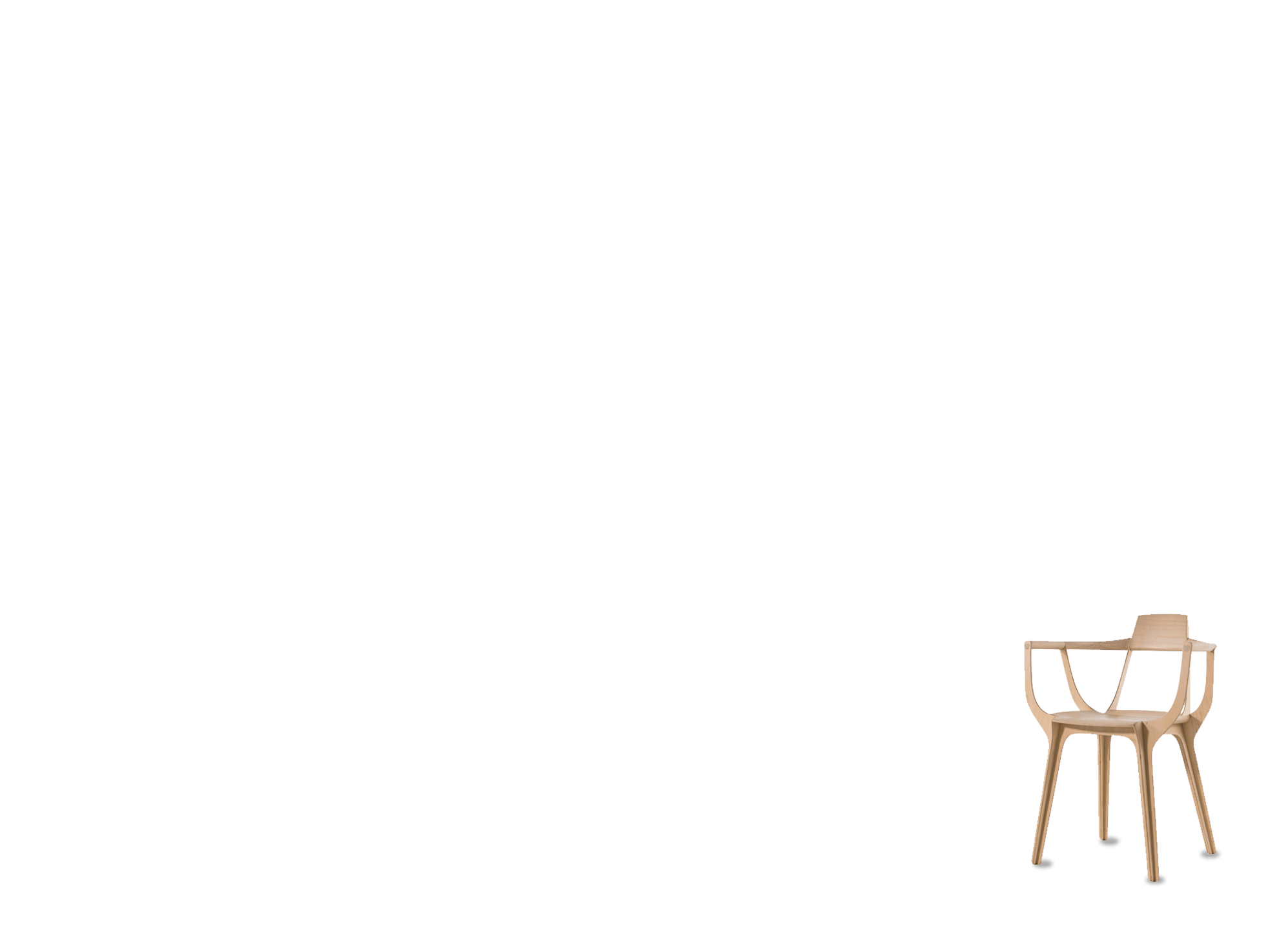
2.5 x 4m / 98.4 x 157 in
